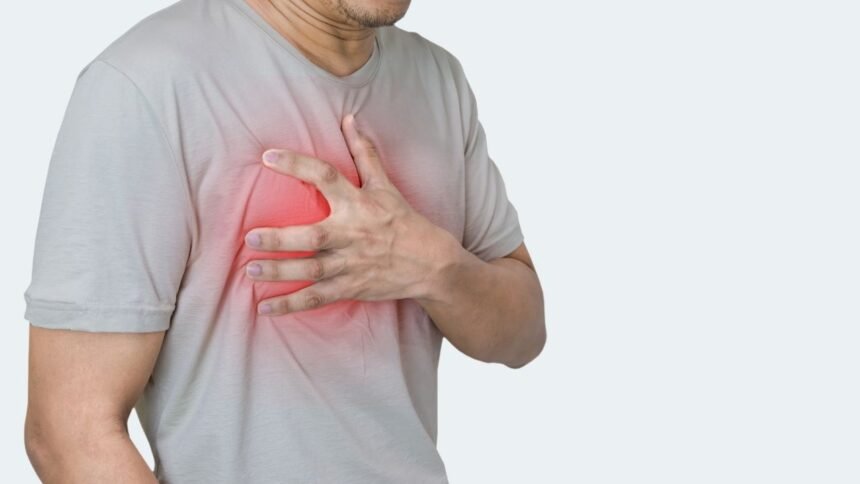In light of the growth in heart attacks and the fact that many young individuals are unaware they have diabetes or hypertension, doctors advise them to perform fasting blood sugar and lipid profile tests in addition to taking their blood pressure.
Sailesh Vishakarma, 30, has been considering joining a gym in order to shed some pounds. His obesity is a result of long work hours, sedentary lifestyle, late-night eating, lack of sleep, and lack of exercise. He has been puzzled as to why he heaves and pants while ascending simply two flights of stairs at a period when young people are more prone to heart attacks. He so made the decision to join a gym where the trainer advised a treadmill test. He requested a basic heart health checkup from all the diagnostic centers, and they all suggested a battery of additional testing. Confused, he was snowed in with conflicting advisories. However, cardiologists advise that you can prevent this illness by observing your blood pressure, cholesterol, and fasting blood sugar levels are enough markers of your heart health. And the doctor is the best person to tell you what to do if your markers are deranged.
What tests are required to determine the heart’s condition?
The risk of heart attacks and strokes is increased by elevated levels of blood sugar, blood pressure, and cholesterol, thus doctors advise that everyone over the age of 30, particularly men, have tests done to evaluate at least these three fundamental factors. The blood sugar levels following a night of fasting are measured by the fasting glucose test, which can detect prediabetes and diabetes, which raise the risk of heart disease. Normal fasting blood sugar is less than 99 mg/dL, prediabetes is between 100 and 125 mg/dL, and diabetes is 126 mg/dL or more. On the other hand, the HbA1c test shows the average blood sugar levels over the previous three months, which should be lower four precentage.
Elevated blood pressure levels are a measure of the force that your heart uses to pump blood around your body. If left unregulated, this heightened pressure can have adverse effects on the functioning of your arteries and blood vessels, impeding the functioning of the heart. The blood pressure needs to be measured at least a couple of times on different days to ensure accurate readings. The normal blood pressure is around 120/80mmHg.
A cholesterol test, also called a lipid panel or lipid profile, measures fats in the blood. When we consume cholesterol beyond the body’s utilisation capacity, the surplus cholesterol has the potential to accumulate within the arterial walls, including those surrounding the heart. Watch out for levels of bad cholesterol or low-density lipoprotein (LDL) and triglycerides. Doctors may prescribe statins if the LDL levels are very high. A normal LDL level is considered to be below 100 mg/dL and a normal triglyceride level is below 150 mg/dL.
How can I choose the correct exam for me?
Do young Indians need to submit to a battery of tests because they are more susceptible to illness? Dr. Rakesh Yadav, professor of cardiology at AIIMS in Delhi, questions the need for multifaceted tests on young people in their 20s or 30s. Simply because the tests haven’t been proven to lower mortality, he claims, “There is no scientific basis.” Dr. Yadav believes that the focus of preventive health checks should only be on three factors due to the surge in incidence of young heart attacks and the fact that many people do not know they have diabetes or hypertension. “We must be aware of a person’s blood pressure, blood glucose, and cholesterol levels.” That’s it. And, the three tests are only meant to make people aware of their status and start medication if needed. For all other parameters, whether they are high or low, the only intervention is lifestyle change, which we anyway suggest. If the genetic risk is high, the lifestyle risk needs to be reduced,” he says, adding there is no need for tests like ECG, echocardiogram or treadmill test. These tests should be done only for diagnosing certain conditions on advice of a clinician, he suggests.




































